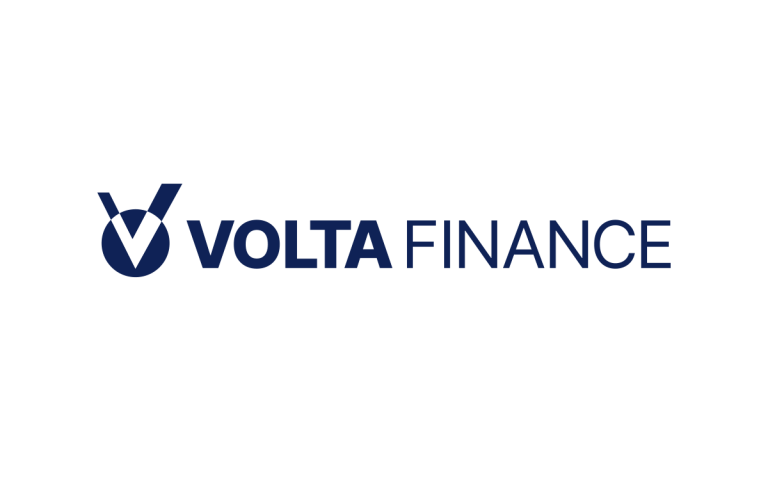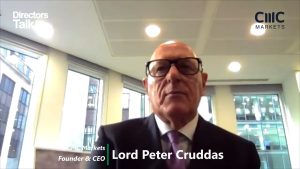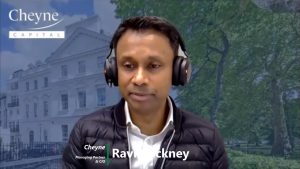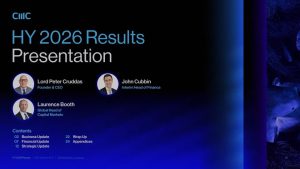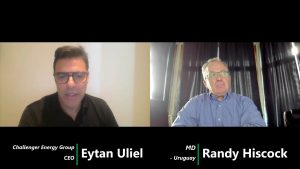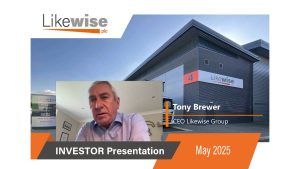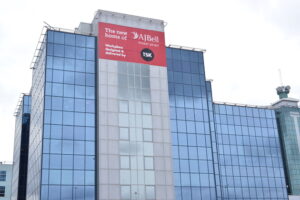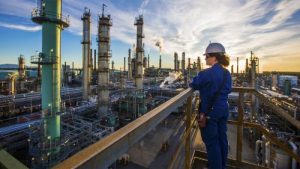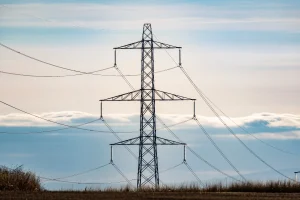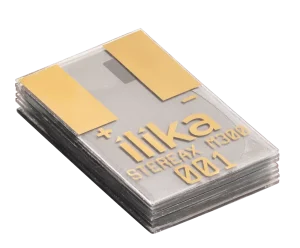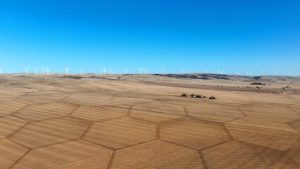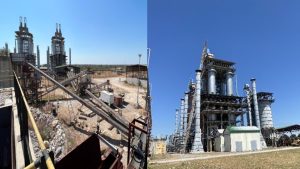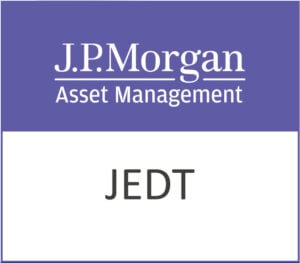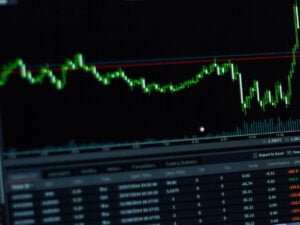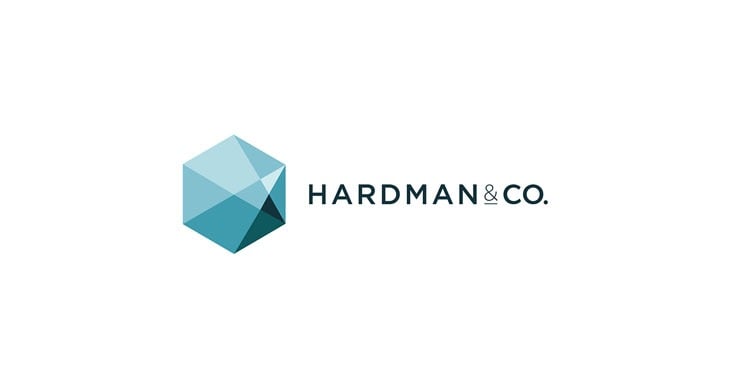In this note, we remind investors of Volta Finance (LON:VTA) attractions and risks, focus on how it generates the cash to pay the dividend, and look at some of the issues from the latest Report and Accounts. The core to paying the dividend, and its long-term sustainability, is generating cash from the underlying 700 borrowers, a broad diversification by counter-party, geography and economic sector. Currently, a near record level of income yield is being generated. While recent months have seen both forex and sentiment volatility with a range of positive and negative capital movements, the long-term performance will be driven by cash generation. The discount appears anomalous given Volta’s track record.
- Higher income cover of dividend: In recent years, a combination of portfolio mix changes and continued favourable credit has seen revenue yields of 13%-15%, well above the dividend cost of 9.5%. This strong performance has been hidden by short-term, forex- and sentiment-driven noise, which has seen a volatile NAV.
- Report and Account takeaways: The manager explains why there has been a shift from CLO debt into CLO equity and the risk/reward opportunities. We also note even more external pricing of assets for valuation purposes, the modest UK exposure and an increased sensitivity to credit.
- Valuation: Volta trades at a 15% discount to NAV. Peer-structured finance funds, and a range of other debt funds, on average, trade at smaller discounts. Volta has delivered faster NAV growth than its immediate peers and in-line/lower volatility, making this absolute and relative discount an anomaly.
- Risks: Credit risk is a key sensitivity. We examined the valuation of assets, highlighting the multiple controls to ensure its validity, in our initiation note in September 2018. We noted the NAV is affected by sentiment towards its own and underlying markets. Volta’s long $ position is only partially hedged.
- Investment summary: Volta Finance is an investment for sophisticated investors, as there could be sentiment-driven, share-price volatility. Long-term returns have been good: ca.10% p.a. returns (dividend reinvested basis) over five years. The current portfolio-expected cashflow IRR is above this level. The dividend yield of 9.5% will be covered, in our view, by predictable income streams.



